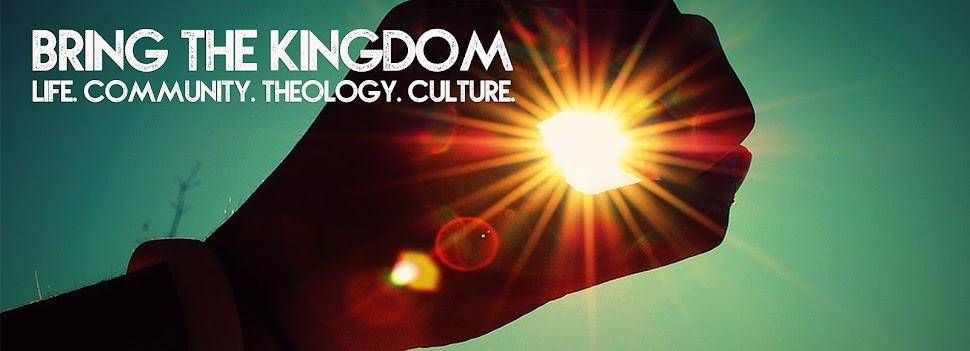One thing I noticed more than any other in the footage from the Japanese quake this morning - and that I saw in the Haitian footage a year ago - was person after person crawling under desks and tables, taking cover. This may LOOK like a good idea, but it's misleading and potentially life-threatening. I'm not a disaster management specialist or emergency operations manager, but I've paid attention to what they say. I want to share with you the real advice that the experts give if you ever find yourself in an earthquake. It's called the Triangle of Life.
 Think about it in these terms: If I'm under a table and the roof collapses on that table, I'm in serious trouble. And if that table is towards the interior of my home (or wherever I happen to be), I'm in even bigger trouble! Not only will my chances of being crushed go up, my accessibility of rescue is seriously diminished as well. The alternative? Get as close to the outside walls of your home, school, office, or whatever building or structure you're inside. This puts you as close to the point of entry for rescue as possible. And rather than getting under a table, desk, or bed, get in between them. Look at this picture at the right to get a visual idea.
Think about it in these terms: If I'm under a table and the roof collapses on that table, I'm in serious trouble. And if that table is towards the interior of my home (or wherever I happen to be), I'm in even bigger trouble! Not only will my chances of being crushed go up, my accessibility of rescue is seriously diminished as well. The alternative? Get as close to the outside walls of your home, school, office, or whatever building or structure you're inside. This puts you as close to the point of entry for rescue as possible. And rather than getting under a table, desk, or bed, get in between them. Look at this picture at the right to get a visual idea.
 If you're outside, rather than getting under your car, get beside your car or in between two cars. If you're in class at school, don't get under your desk, get in the aisle between the desks. Remember: roofs and ceilings cave in, but walls collapse with them. And it could be a seemingly insignificant 12-18 inch area of space that saves your life! This rule can also apply during a tornado. If you're going to duck-&-cover, don't do it hiding under something that could potentially crush you to death!
If you're outside, rather than getting under your car, get beside your car or in between two cars. If you're in class at school, don't get under your desk, get in the aisle between the desks. Remember: roofs and ceilings cave in, but walls collapse with them. And it could be a seemingly insignificant 12-18 inch area of space that saves your life! This rule can also apply during a tornado. If you're going to duck-&-cover, don't do it hiding under something that could potentially crush you to death!
I'm sure you'll probably never have any need to know any of what I've shared with you here. But if you do, I'm betting you'll suddenly remember that day that Brian decided to use his blog to ramble on about earthquake safety.
Please join me in praying for all those in Japan, Hawaii, and in the Pacific region who've been devastated by this horrible disaster!
For more info on the Triangle of Life, check out these articles:
http://en.wikipedia.org/wiki/Triangle_of_Life
http://www.bpaonline.org/Emergencyprep/arc-on-doug-copp.html

1 comment:
Are you familiar with the New Madrid earthquakes? Between Dec, 1811 and Feb, 1812 there were over 200 quakes and aftershocks. Having no seismographs at the time scientists have had to use historical journals and other primary sources to estimate the magnitude. It is believed that the quakes were between M5.5 to 8.9. The two biggest quakes were felt in New York City and Charleston, SC, and were 10X stronger than the 1964 Alaska quake. The epicenter of the biggest quake was a little town in Missouri. There was very little property damage caused by the quakes because in 1811 there wasn't much to damage. If these quakes were to happen now who knows how many thousands of people would be killed. So maybe we should start giving some thought to earthquakes.
If you want to take an interesting trip visit Reelfoot Lake State Park in northwest Tennessee. The lake was formed by the quakes. In early winter it's a breeding spot for magnificent bald eagles
Post a Comment